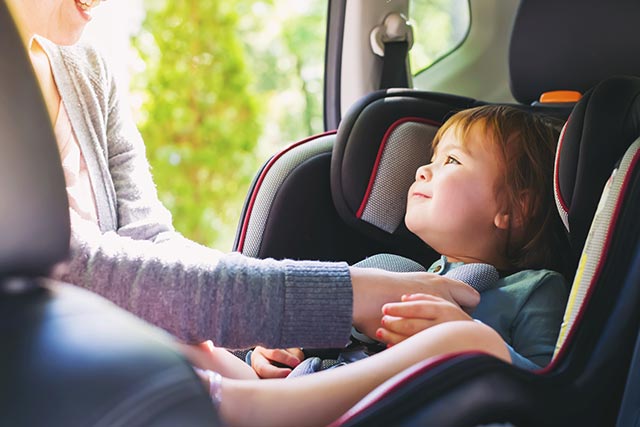Another reason to shun pollution – it also “pollutes” children’s cognitive growth
10/01/2019 / By Ralph Flores

People living in the city already have a lot to contend with. But a study published in the journal Environmental Research points out that children living near busy roads face even more risks because of air pollution. The study, led by researchers from the Eunice Kennedy Shriver National Institute of Child Health and Human Development (NICHD), revealed that exposure to traffic-related air pollution can negatively impact the ability of children to communicate, socialize, and learn.
“Our results suggest that it may be prudent to minimize exposure to air pollution during pregnancy, infancy, and early childhood – all key periods for brain development,” explained NICHD investigator and senior author Pauline Mendola.
For the study, the team looked at data from the Upstate KIDS Study — an NICHD-led project which tracks the growth and motor and social development of nearly 6,000 children in New York State (excluding New York City). Then, they matched the addresses of the participants to a roadway data set, which measured each location to the nearest major highway. The team matched each location with estimated pollution data from the Environmental Protection Agency. Aside from their home addresses, the team also matched the mothers’ work address during pregnancy and any daycare centers used to determine possible exposures.
Children included in the study were tested using the Ages and Stages Questionnaire, which measured the five domains of child development:
- Fine motor skills: Those that involve eye-hand coordination, such as writing, grasping small objects, and fastening clothes.
- Large motor skills: Actions that require larger movements involving the arms, feet, or the entire body. These are also referred to as gross motor skills.
- Communication: For infants, communication is through cries, coos, facial expression, and body language. Receptive communication refers to the ability of the child to understand a message from another person, while expressive communication is the ability to convey a message through sound and body language.
- Personal social functioning: This refers to the child’s ability to relate to family relationships, as well as exhibit self-care.
- Problem-solving ability: The child’s ability to understand the world around him and apply it through remembering, problem-solving, and decision-making.
Living near major roadways linked to lower scores
Based on the results, children who lived just over a hundred feet from a major highway were twice as likely to fail tests that measured communication compared with those living half a mile away or more. The researchers also found that children who lived near major roadways were exposed to ozone and fine particulate matter (PM 2.5), which are pollutants produced by car emissions. The pollutants are smaller than the diameter of the human hair and can pass through the lungs and be directly absorbed into the bloodstream. In an earlier study in the American Journal of Respiratory and Critical Care Medicine, researchers from Utah concluded that exposure to PM 2.5 could potentially cause respiratory infections in young children. (Related: Air pollution causes developmental problems in infants, kills 7 million annually.)

Children who were exposed to PM 2.5 while in the womb had a higher risk of failing in any developmental domain, while those exposed to ozone from vehicle emissions were more likely to fail a specific domain. These get worse with age: Children exposed to ozone after birth were more likely to be left lagging in their overall development.
For lead author Sandi Ha, while the reasons for increased risk in developmental delay after birth are unclear, the association is still troubling: “Unlike exposure during pregnancy, exposure during childhood is more direct and does not go through a pregnant woman’s defenses.”
“Efforts to minimize air pollution exposures during critical developmental windows may be warranted,” the team concluded in their report.
Sources include:
Submit a correction >>
Tagged Under:
This article may contain statements that reflect the opinion of the author





















